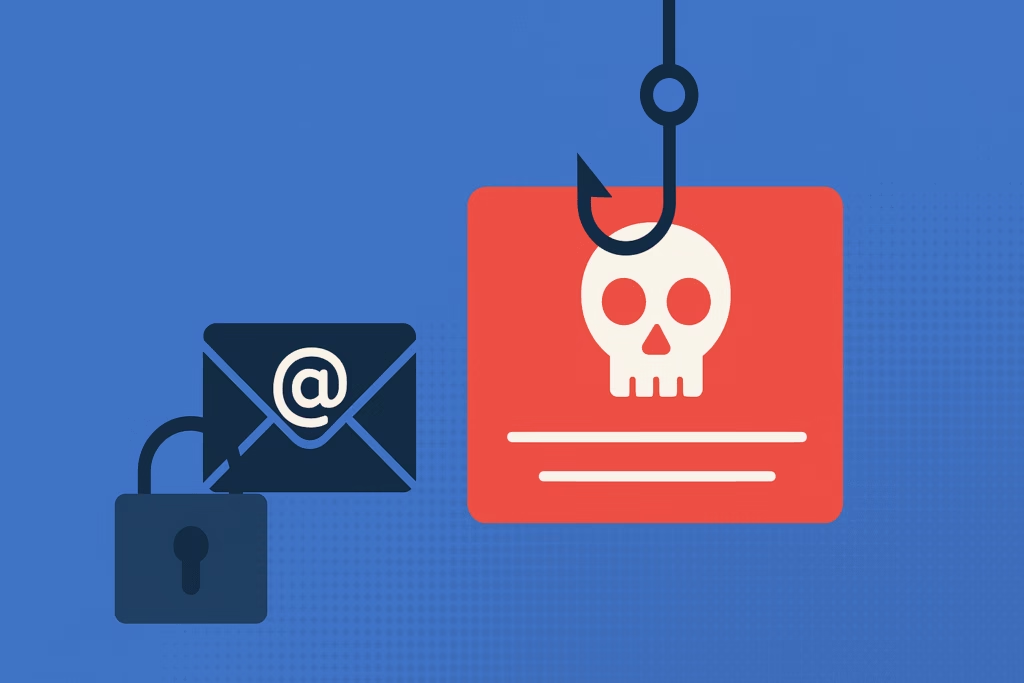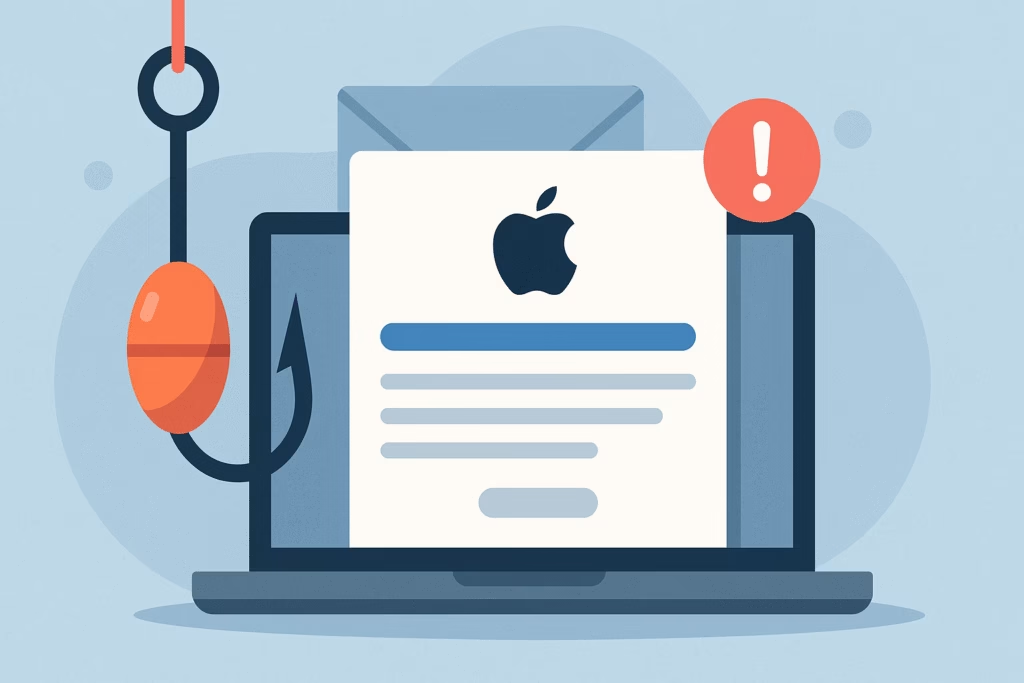
UPS phishing email scams have become increasingly sophisticated, targeting millions of customers who regularly receive legitimate package notifications. These fraudulent emails exploit the trust consumers place in established shipping companies, making them particularly dangerous for unsuspecting recipients.
According to the FBI’s Internet Crime Complaint Center, Americans lost over $10.3 billion to cybercrime in 2022, with phishing attacks accounting for a significant portion of these losses. UPS phishing scams represent a growing segment of these attacks, particularly during peak shipping seasons when consumers expect frequent delivery notifications.
Understanding UPS Phishing Email Tactics
Cybercriminals carefully craft UPS phishing emails to mimic legitimate communications from the shipping giant. These scams typically arrive when recipients least expect them, often containing urgent language about package deliveries, missed deliveries, or required actions to complete shipments.
The sophistication of these attacks has evolved dramatically. Modern UPS phishing emails often include accurate logos, professional formatting, and convincing language that closely resembles authentic UPS communications. This attention to detail makes it increasingly difficult for average consumers to distinguish between legitimate and fraudulent messages.
Common UPS Phishing Email Scenarios
Scammers employ several recurring themes in their UPS phishing email campaigns:
- Missed delivery notifications claiming a package couldn’t be delivered and requiring immediate action
- Package held in customs messages requesting additional fees or documentation
- Delivery confirmation requests asking recipients to verify shipping addresses or payment information
- Refund processing emails offering compensation for delayed or damaged packages
- Account suspension warnings threatening to close UPS accounts unless immediate verification occurs
Critical Warning Signs of UPS Phishing Emails
Recognizing the telltale signs of a UPS phishing email can save you from financial loss and identity theft. These red flags should immediately raise suspicion about any email claiming to be from UPS.
Suspicious Email Addresses and Headers
Legitimate UPS emails originate from official company domains ending in @ups.com. Phishing emails often use deceptive addresses such as:
- ups-delivery@gmail.com
- notifications@ups-shipping.net
- delivery@upsservice.org
- support@ups-tracking.com
Always examine the sender’s email address carefully. Even sophisticated scammers struggle to perfectly replicate official domain names, often resorting to similar-looking alternatives that contain subtle differences.
Urgent Language and Pressure Tactics
UPS phishing emails frequently employ high-pressure language designed to bypass your natural skepticism. Common urgent phrases include:
- “Immediate action required”
- “Your package will be returned within 24 hours”
- “Account will be suspended”
- “Limited time to claim your refund”
Legitimate UPS communications rarely demand immediate action with such aggressive language. The company typically provides reasonable timeframes for customer responses and multiple notification attempts.
Generic Greetings and Impersonal Language
Authentic UPS emails often address customers by name when possible, especially for tracked packages linked to specific accounts. Phishing ups emails typically use generic greetings such as:
- “Dear Customer”
- “Dear Sir/Madam”
- “Valued UPS User”
- “Dear Package Recipient”
Suspicious Links and Attachments
One of the most dangerous elements of UPS phishing emails involves malicious links and attachments. Before clicking any link, hover your mouse over it to reveal the actual destination URL. Legitimate UPS links should direct to official UPS websites (ups.com domains).
Be particularly wary of:
- Shortened URLs (bit.ly, tinyurl.com)
- Links containing random numbers or letters
- Attachments with .exe, .zip, or .pdf extensions
- Links directing to non-UPS domains
How to Verify Legitimate UPS Communications
When you receive a UPS email that seems questionable, several verification methods can help confirm its authenticity before taking any action.
Cross-Reference with UPS Tracking
If an email mentions a specific tracking number, independently verify this information by visiting the official UPS website directly. Type ups.com into your browser rather than clicking email links, then enter the provided tracking number to confirm package details.
Check Your UPS Account
For customers with UPS accounts, log in directly through the official website to review recent shipping activity. Legitimate communications should correspond with packages or services visible in your account dashboard.
Contact UPS Customer Service
When in doubt, contact UPS customer service directly at 1-800-742-5877. Representatives can verify whether any recent communications originated from their system and help clarify suspicious messages.
Steps to Report UPS Phishing Email Attempts
Knowing how to report UPS phishing email attempts helps protect both yourself and other potential victims. UPS actively monitors phishing campaigns targeting their customers and relies on user reports to identify new threats.
Report to UPS Security
Forward suspicious emails to phishing@ups.com, UPS’s dedicated security team. Include the complete email headers and any relevant details about when and how you received the message. This information helps UPS track phishing campaigns and implement protective measures.
File Reports with Federal Agencies
The Federal Trade Commission operates a consumer complaint database that tracks phishing attempts across various industries. Report UPS phishing emails at reportfraud.ftc.gov to contribute to national cybercrime statistics and enforcement efforts.
Additionally, forward phishing emails to the Anti-Phishing Working Group at reportphishing@apwg.org, an international coalition focused on eliminating fraudulent online communications.
Document Everything
Before reporting or deleting suspicious emails, take screenshots and save copies for your records. This documentation becomes valuable if you later discover any compromise of your personal information or financial accounts.
Protecting Yourself from UPS Phishing Scams
Implementing proactive security measures significantly reduces your vulnerability to UPS phishing emails and similar cyber threats.
Enable Email Filtering
Most email providers offer spam filtering options that can intercept many phishing attempts before they reach your inbox. Configure these settings to provide maximum protection while allowing legitimate communications.
Use Two-Factor Authentication
Enable two-factor authentication on all accounts linked to shipping services, including UPS accounts, online retailers, and financial institutions. This additional security layer helps prevent unauthorized access even if cybercriminals obtain your login credentials.
Keep Software Updated
Maintain current versions of your email client, web browser, and antivirus software. Security updates frequently address vulnerabilities that cybercriminals exploit in phishing campaigns.
Educate Family Members
Share information about UPS phishing email tactics with family members, particularly older relatives who may be more susceptible to these scams. Create a household policy of verifying unexpected shipping notifications before clicking links or providing personal information.
What to Do If You’ve Been Targeted
If you’ve clicked suspicious links or provided information in response to a UPS phishing email, immediate action can minimize potential damage.
- Change passwords immediately for all accounts that may have been compromised
- Monitor financial accounts for unauthorized transactions or suspicious activity
- Run comprehensive antivirus scans on all devices used to access the suspicious email
- Consider credit monitoring services to detect identity theft attempts
- Report the incident to your bank and credit card companies
The Role of Advanced Email Security
While individual vigilance remains crucial, advanced email security solutions provide additional layers of protection against sophisticated UPS phishing emails. Services like PhishDef offer real-time analysis of incoming emails, identifying and blocking phishing attempts before they reach users’ inboxes.
These solutions use machine learning algorithms and threat intelligence databases to recognize patterns common in phishing campaigns, including those impersonating UPS and other trusted brands. For businesses and individuals handling high volumes of email, such services provide essential protection against evolving cyber threats.
Key Takeaways for UPS Email Security
Protecting yourself from UPS phishing emails requires combining awareness, verification habits, and proactive security measures. Remember that legitimate UPS communications will never pressure you into immediate action or request sensitive information through email links.
Always verify suspicious emails through independent channels, maintain updated security software, and report phishing attempts to help protect the broader community. When shipping notifications seem too urgent or too good to be true, take time to verify their authenticity before responding.
Stay ahead of evolving phishing threats by implementing comprehensive email security solutions that can identify and neutralize sophisticated attacks before they reach your inbox. PhishDef’s advanced threat detection capabilities provide the protection you need against UPS phishing emails and countless other cyber threats targeting businesses and individuals every day.
Ready to enhance your email security? Discover how PhishDef’s cutting-edge phishing protection can safeguard your organization from UPS impersonation scams and other sophisticated email threats. Contact our security experts today for a personalized consultation and free security assessment.


